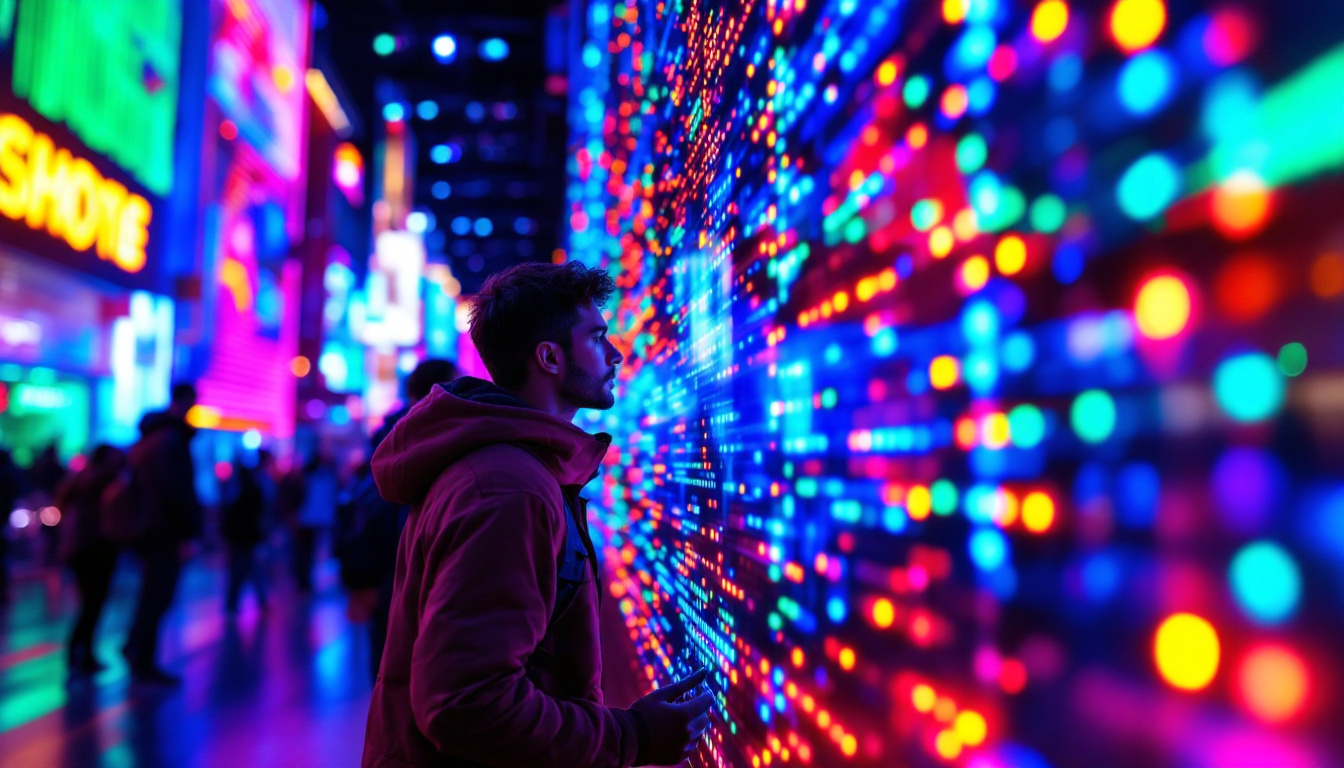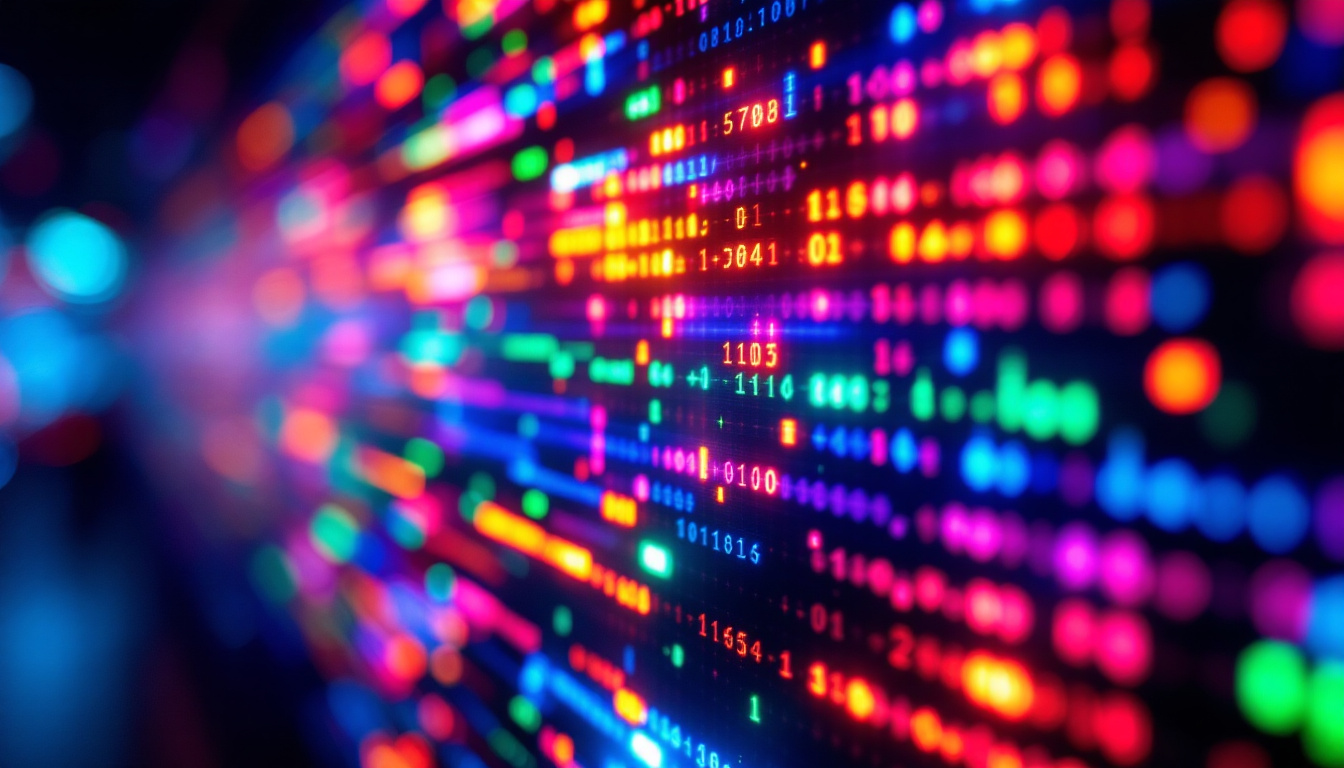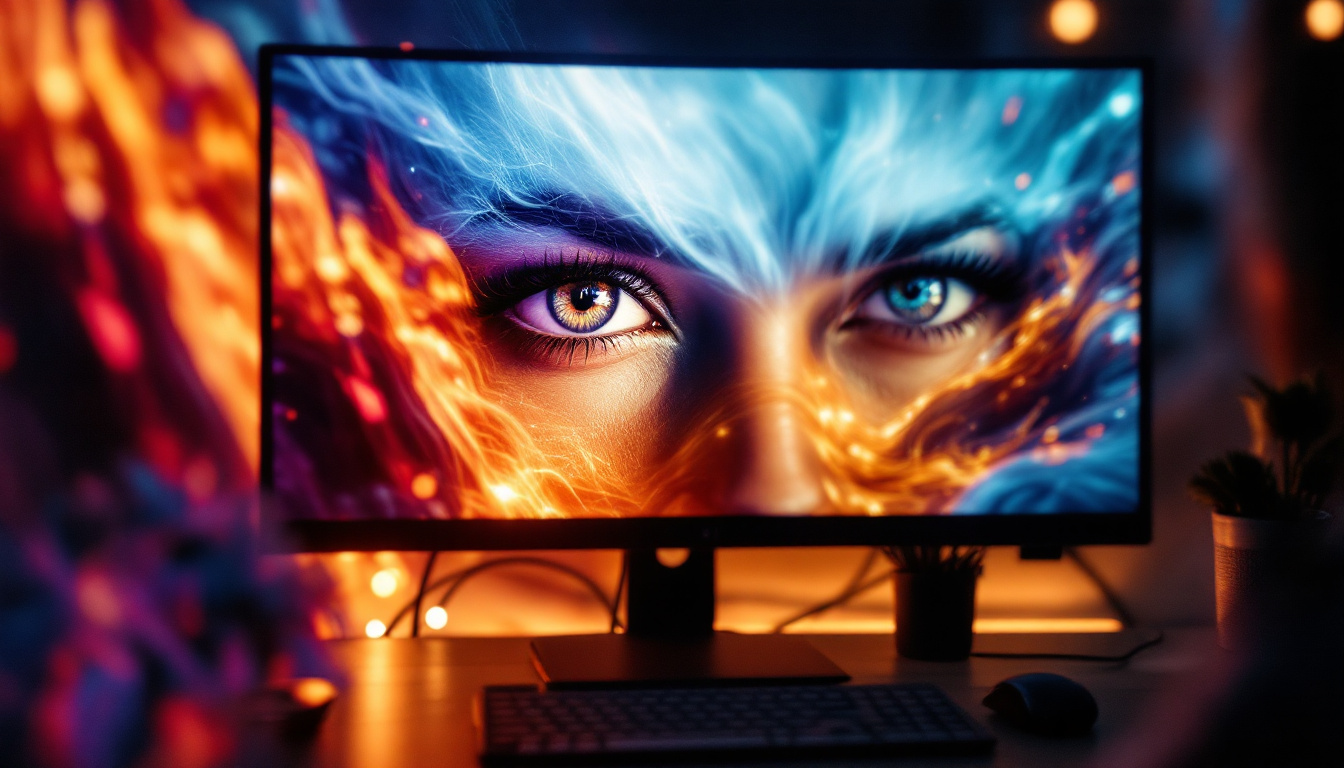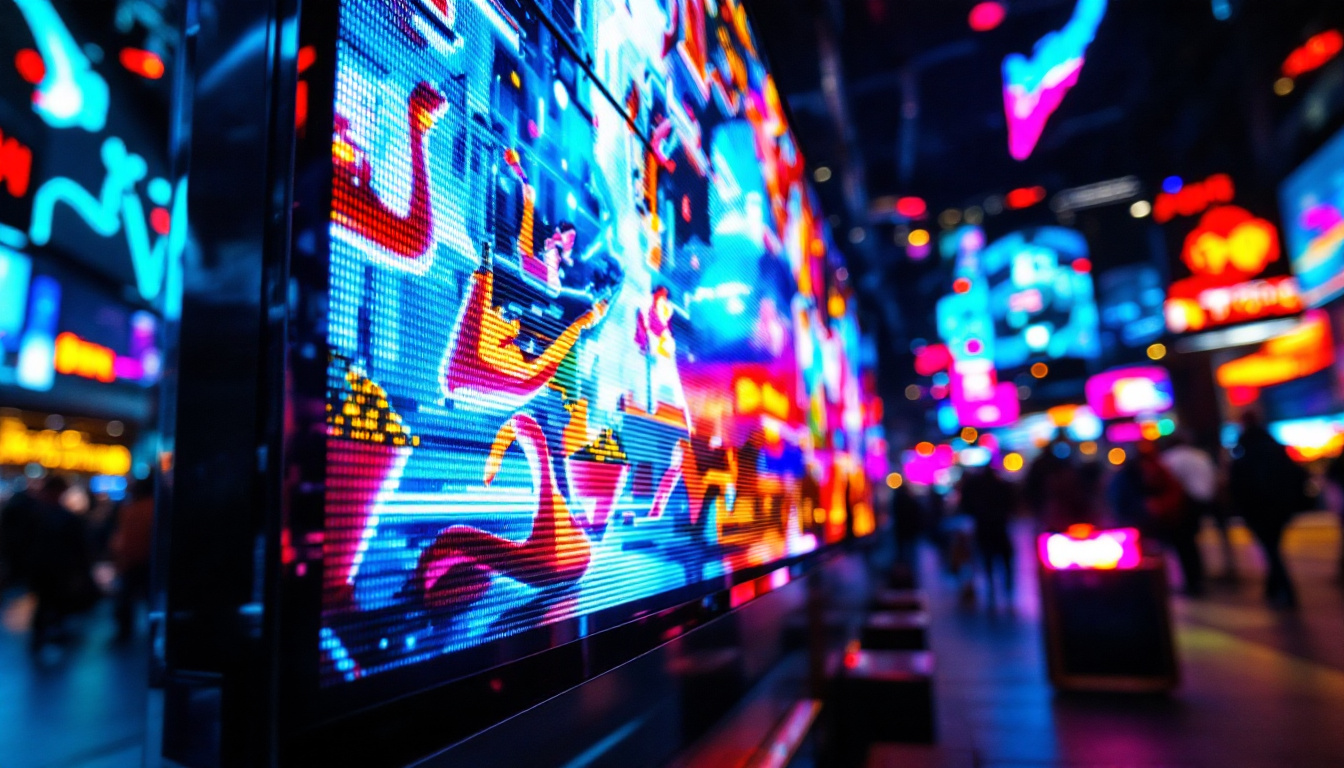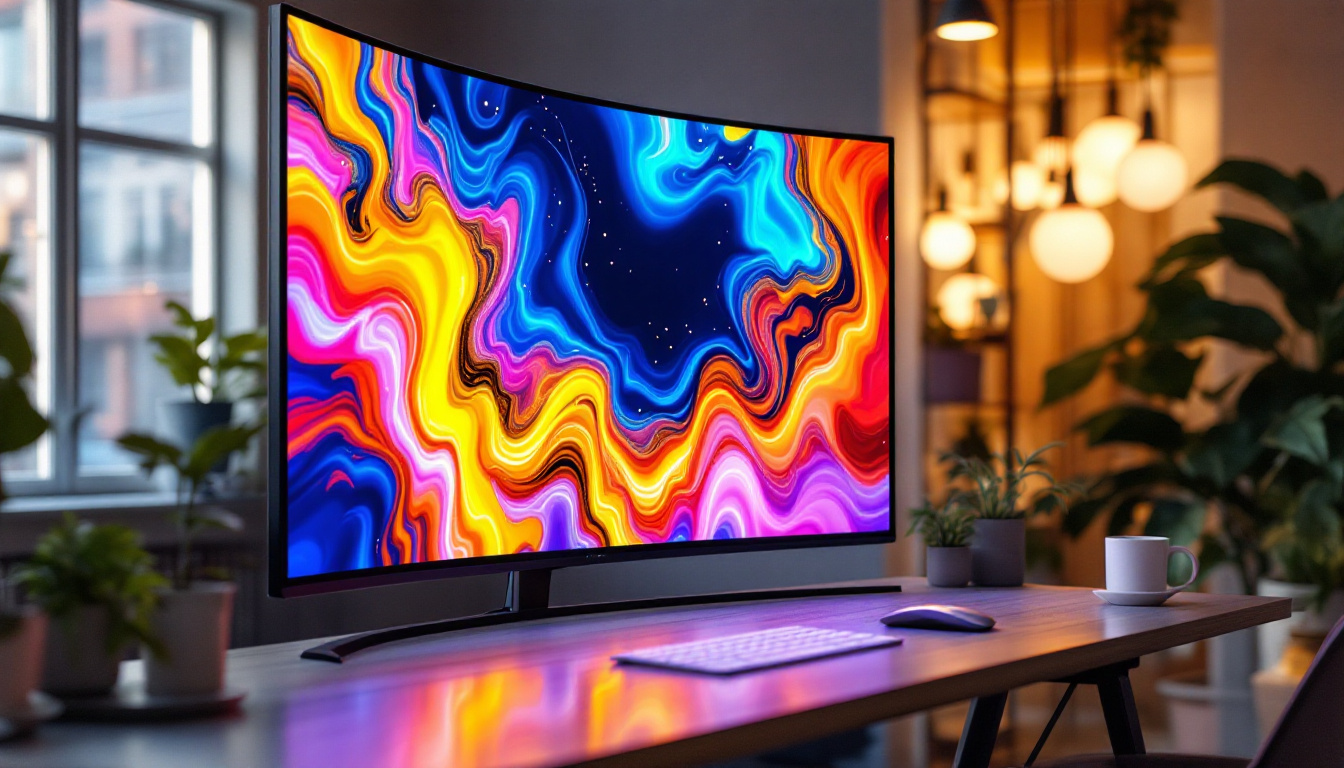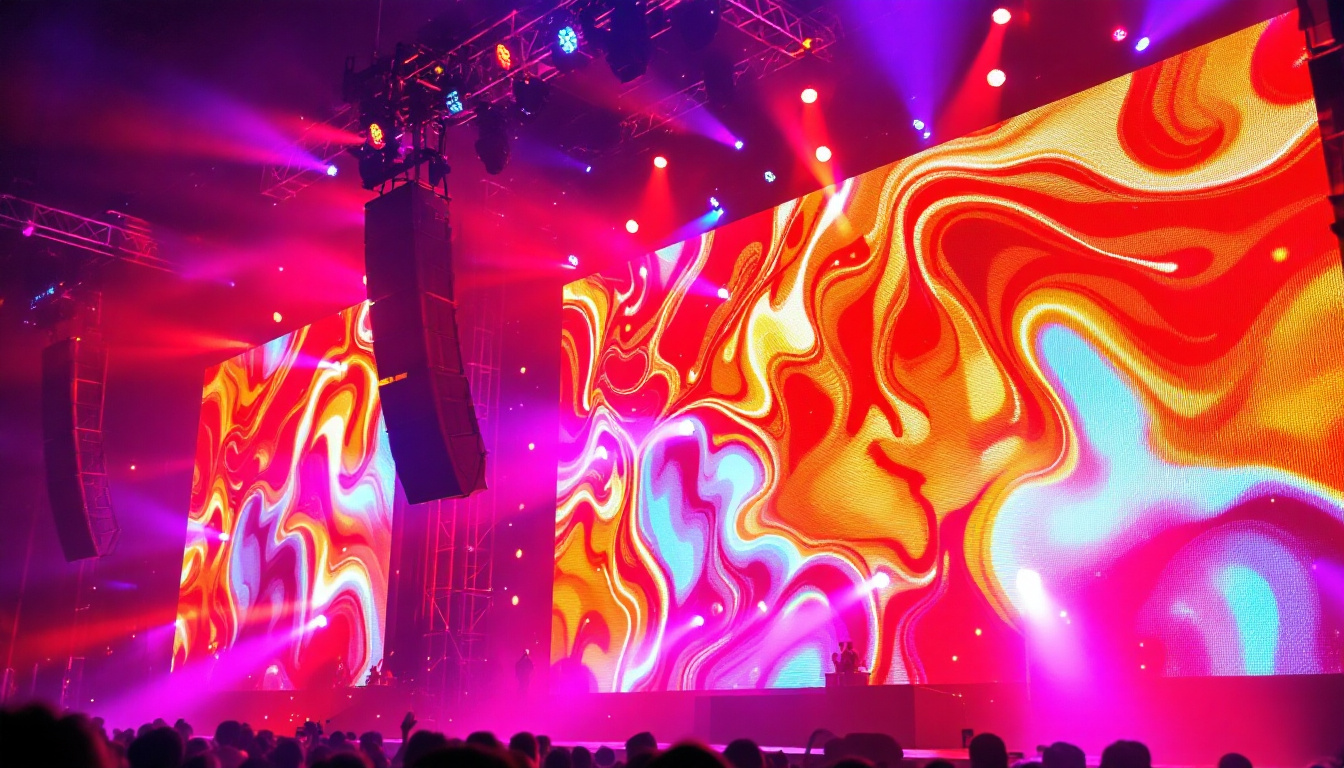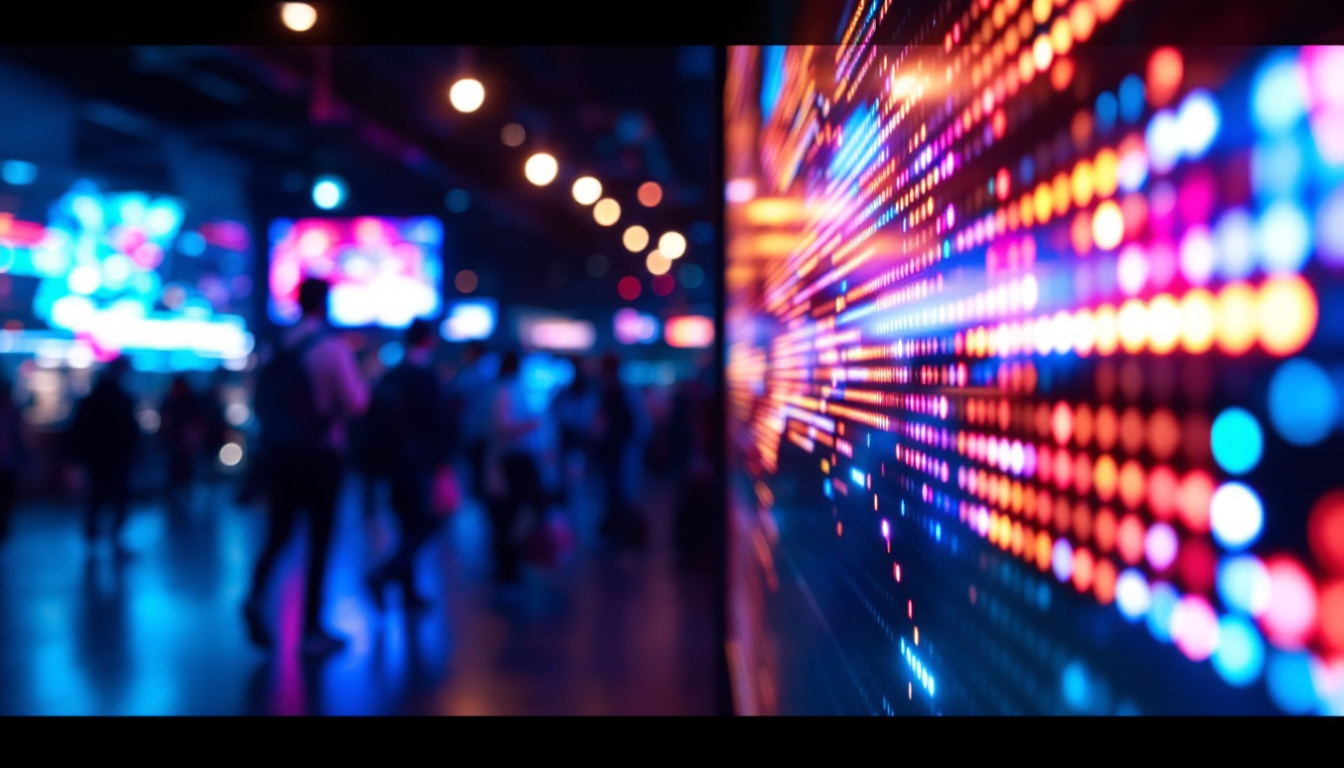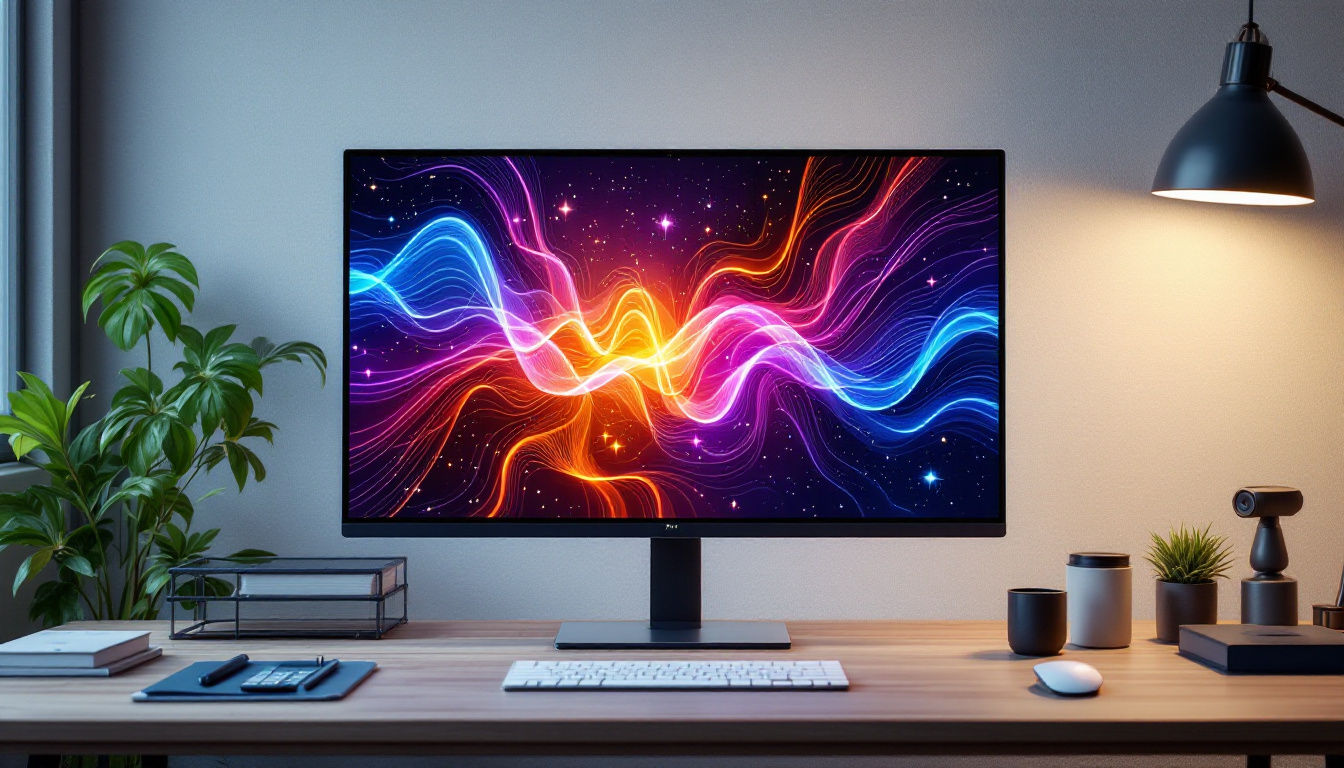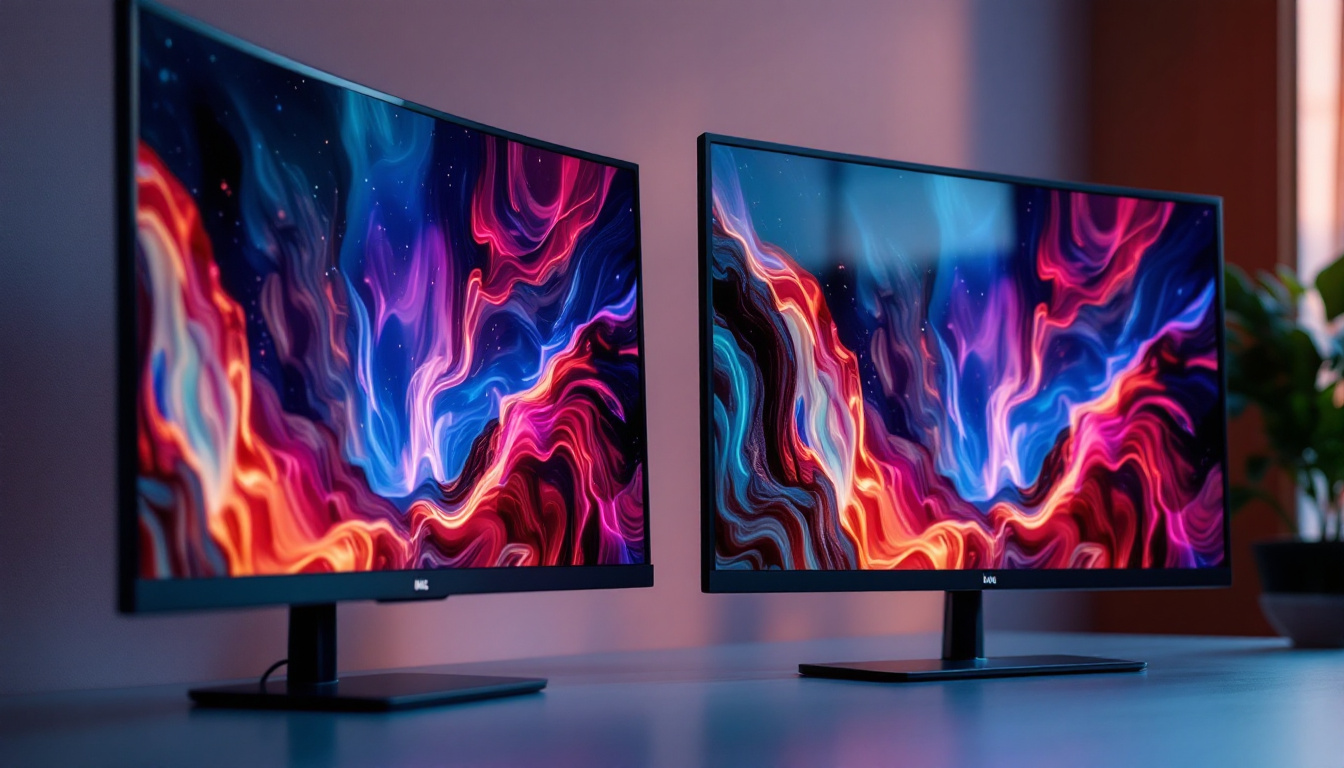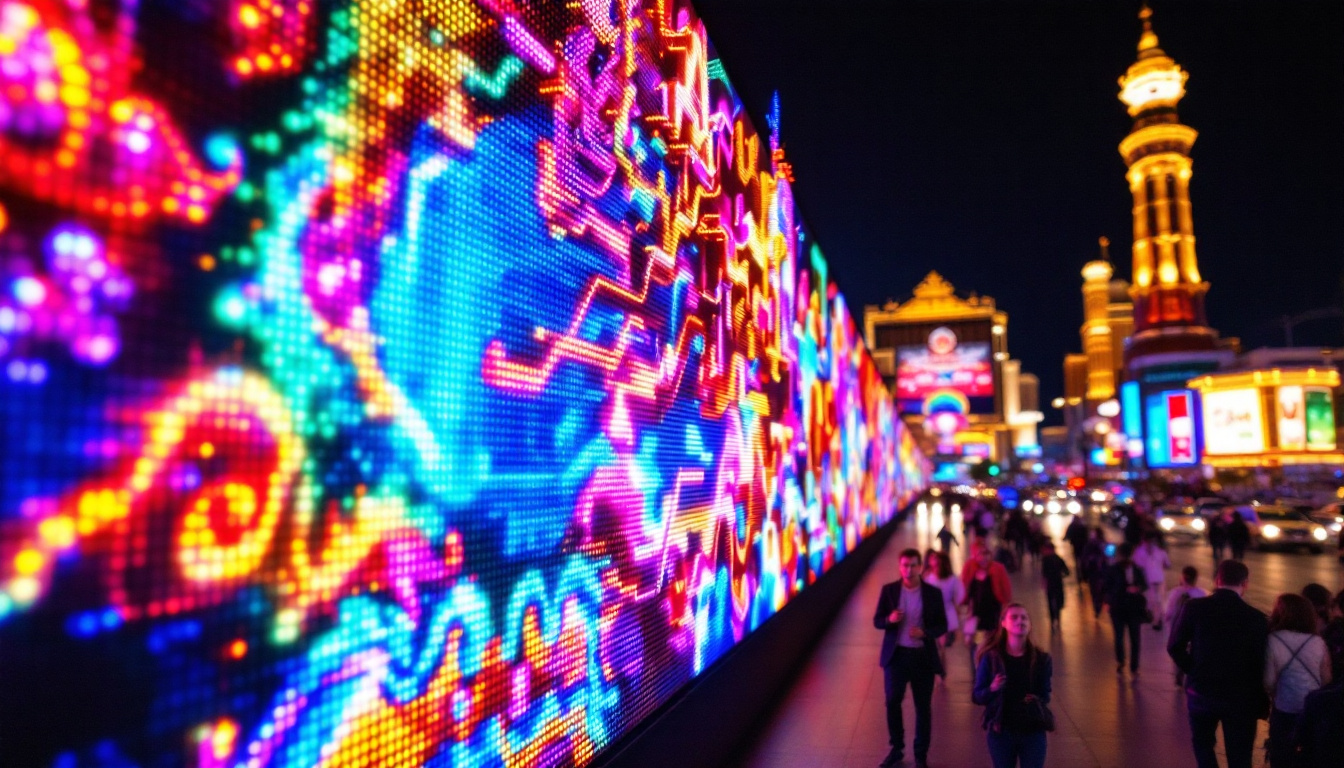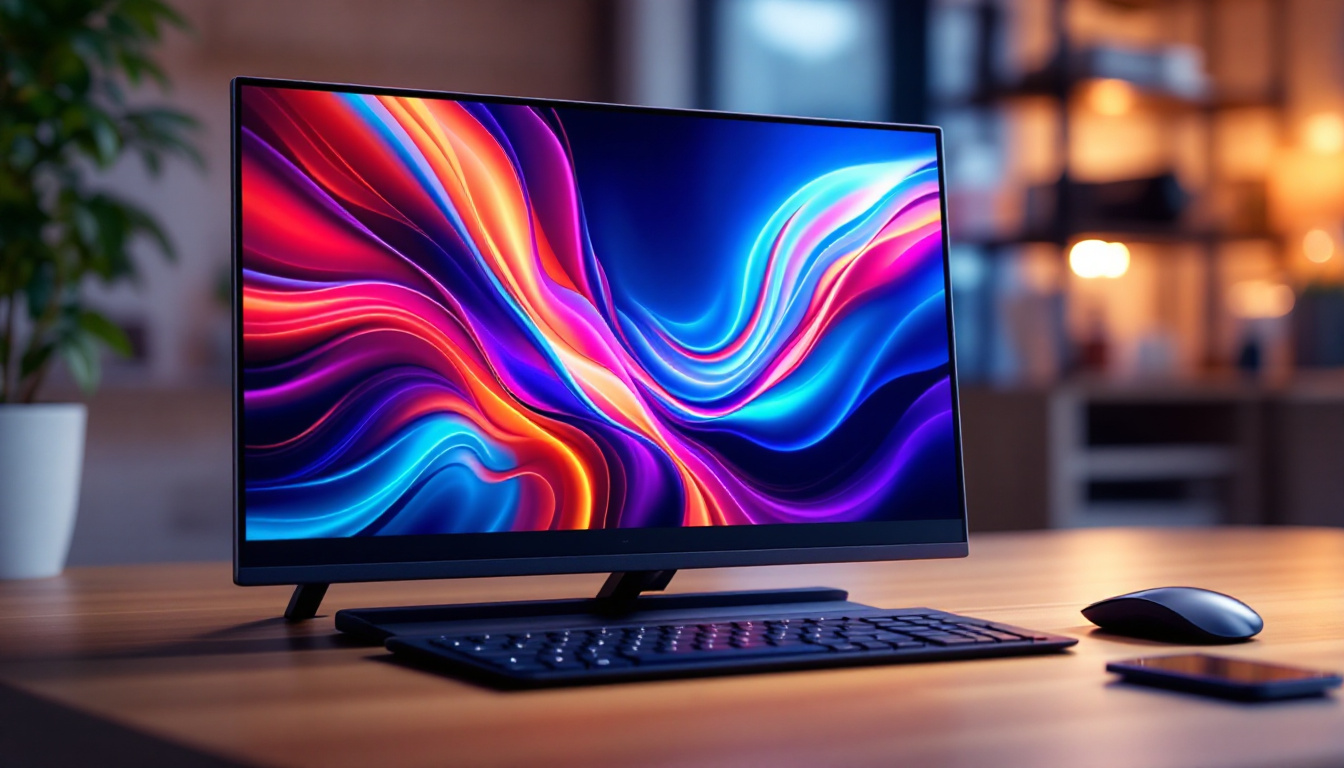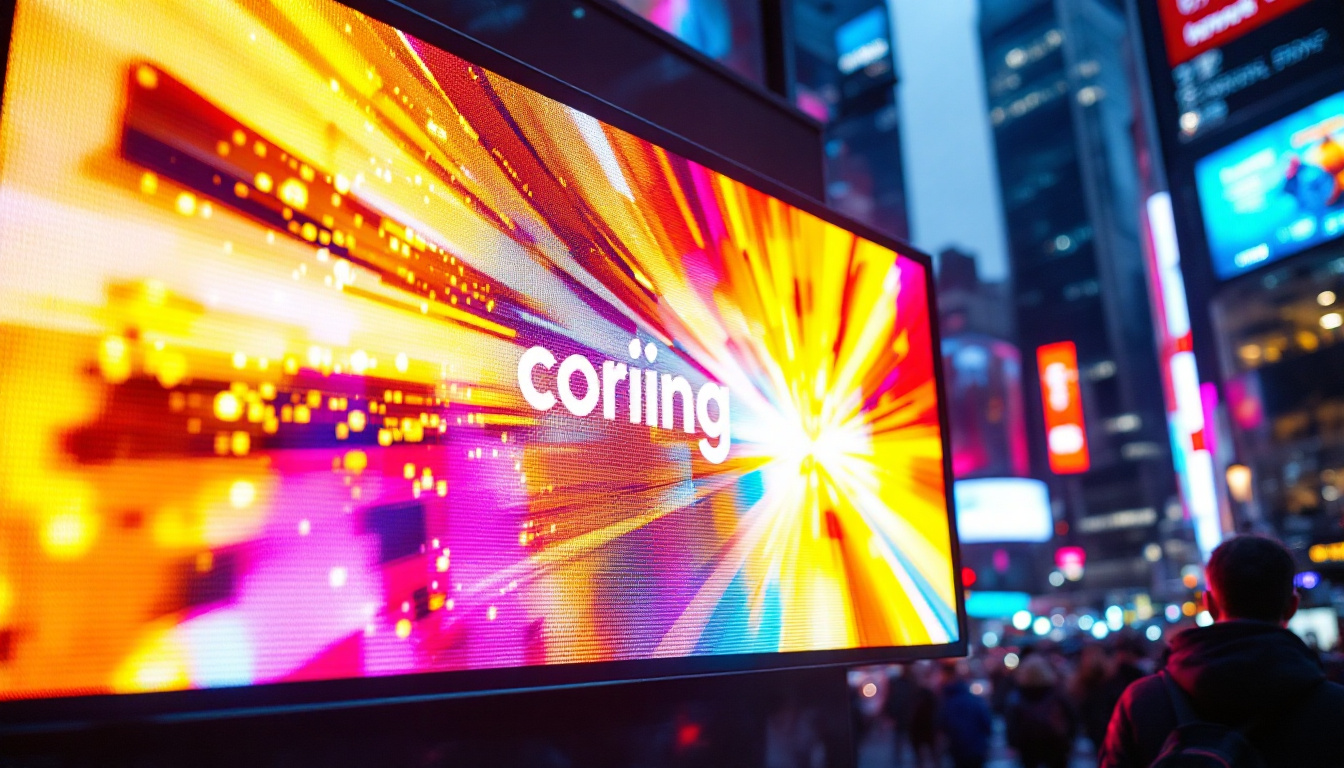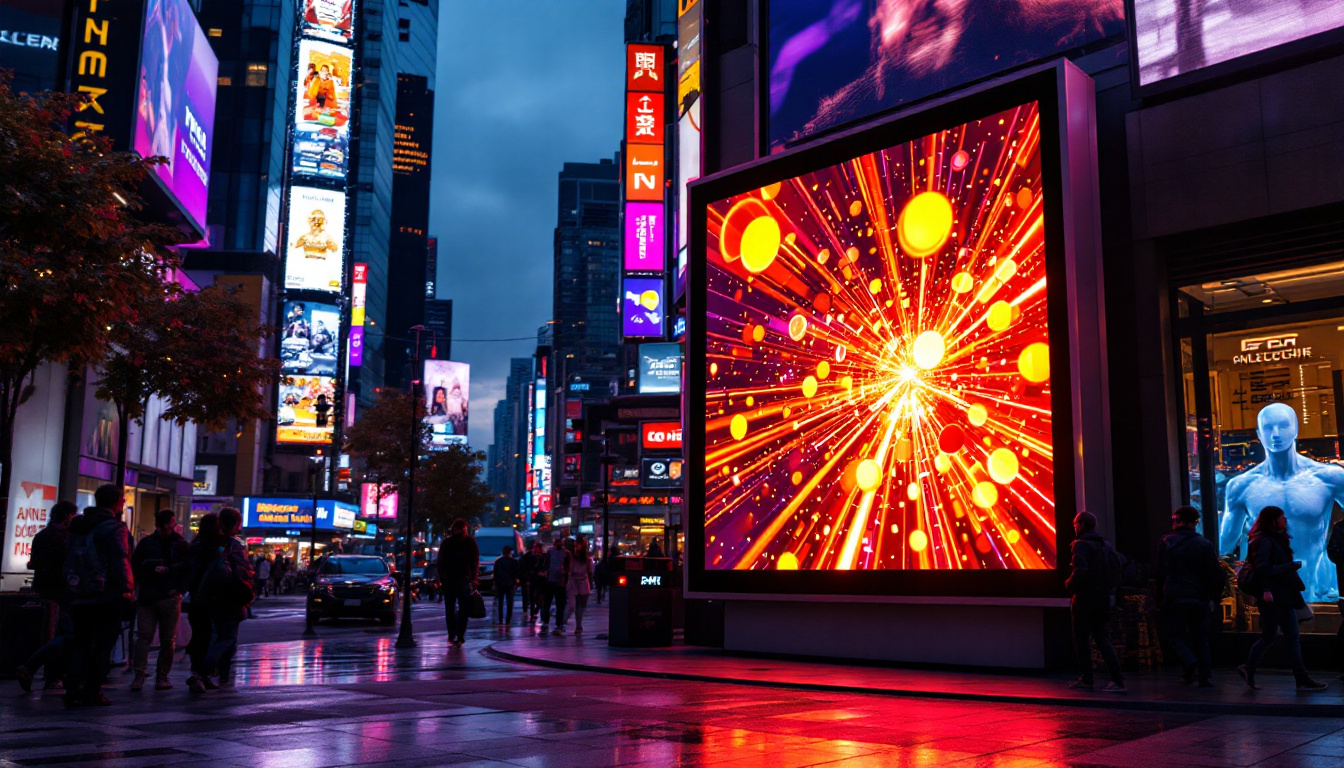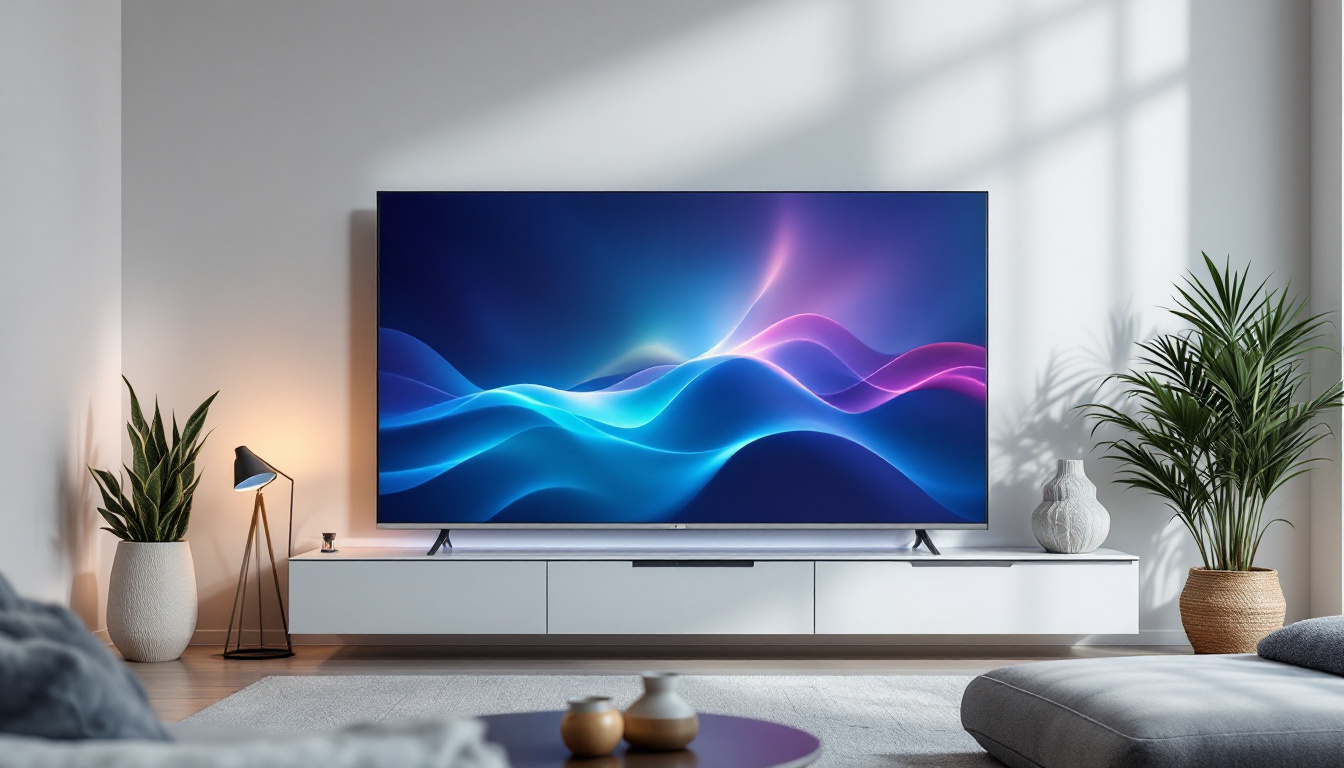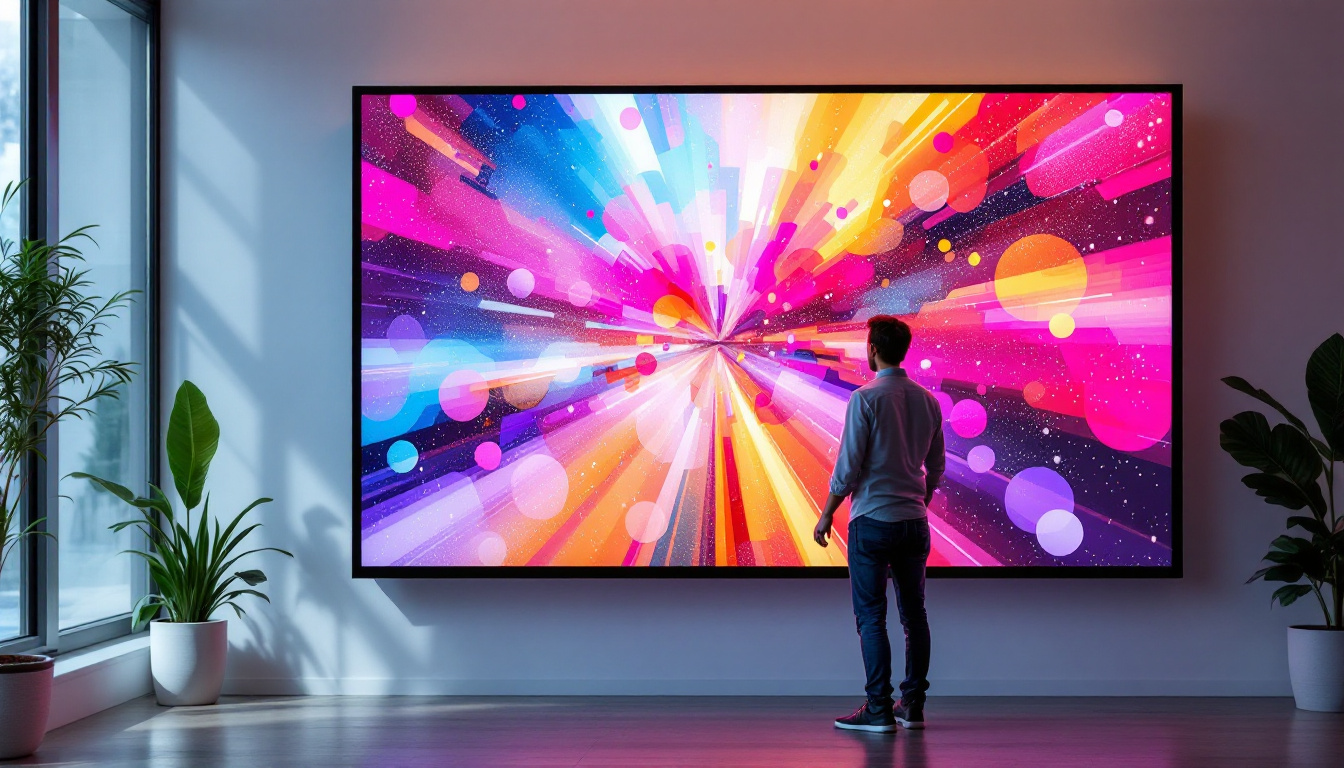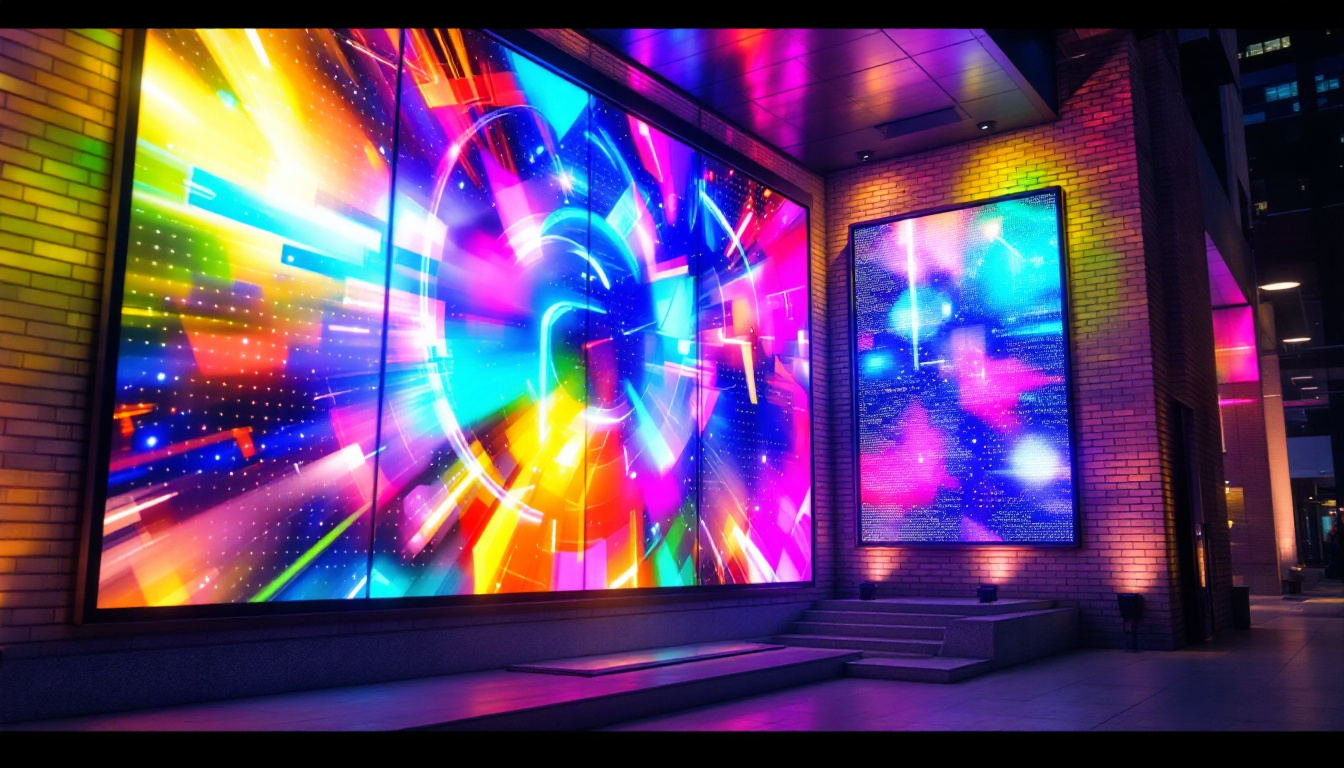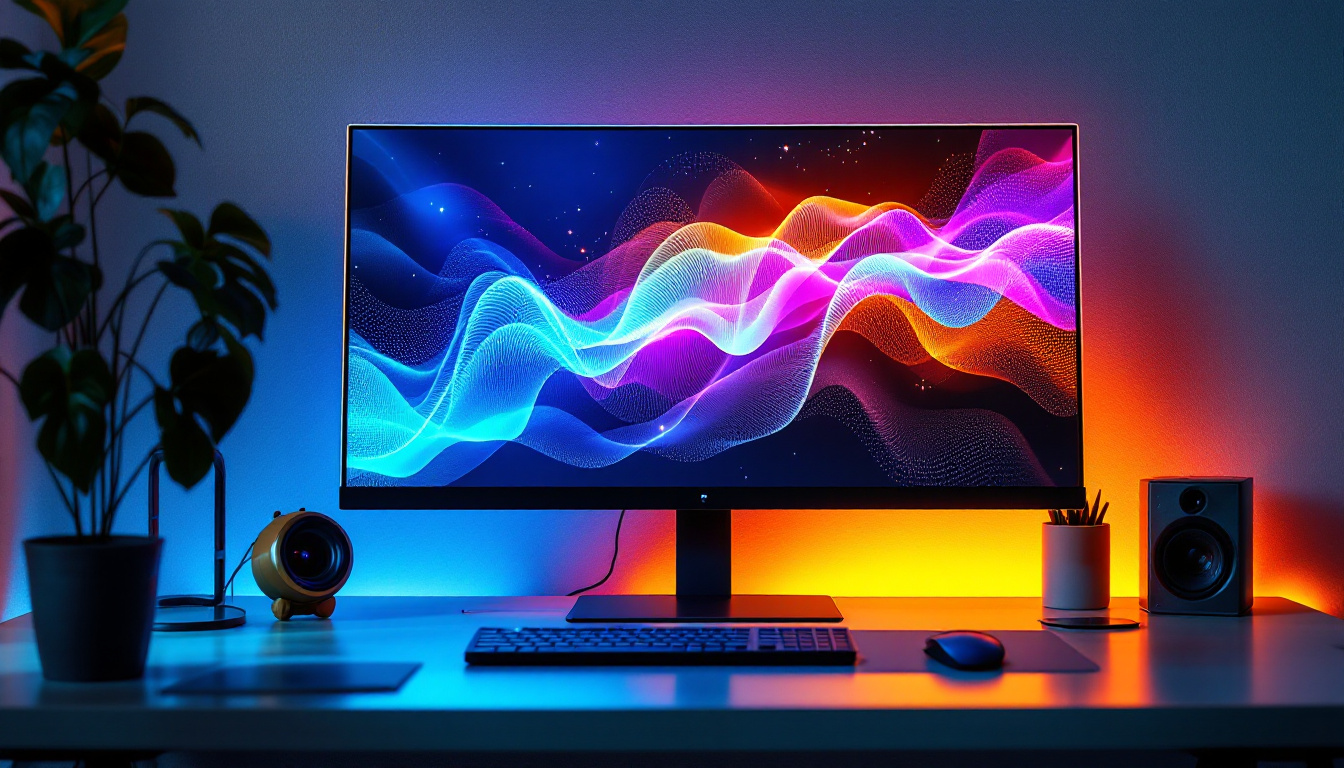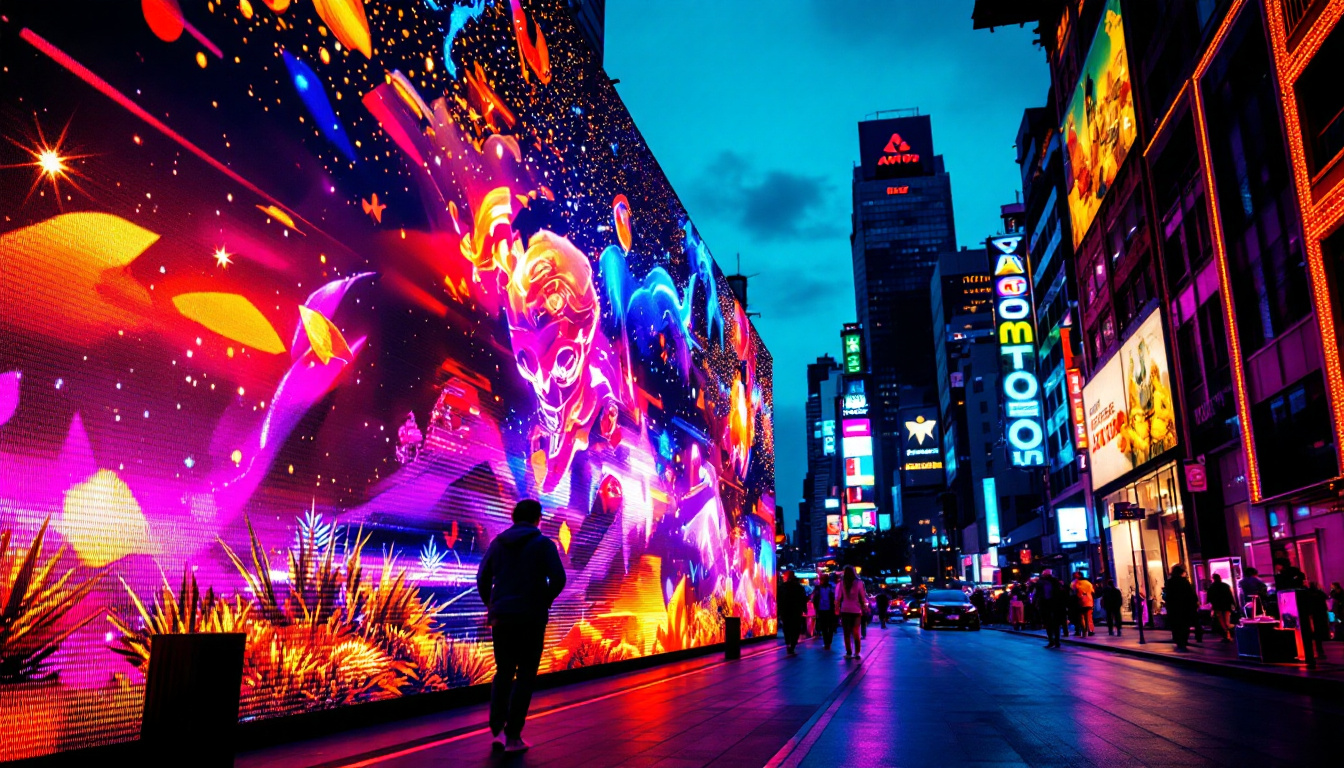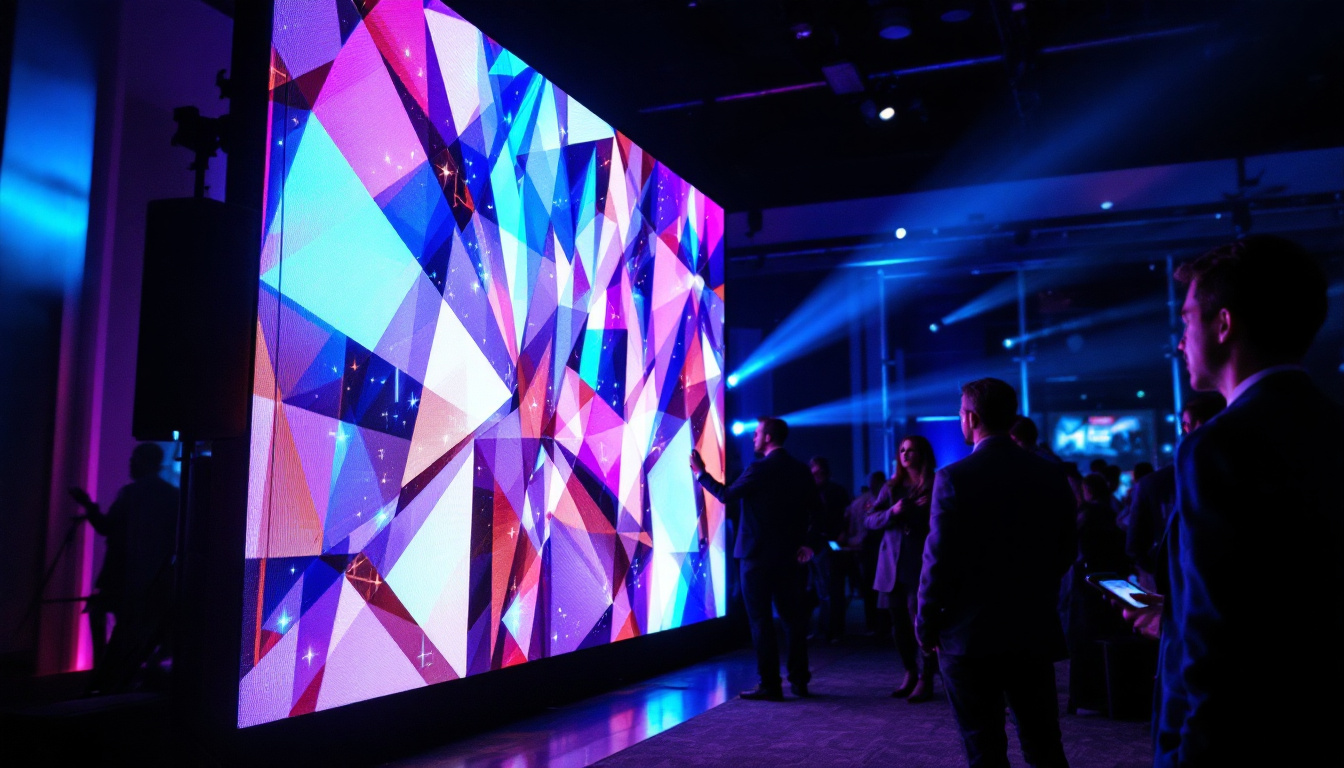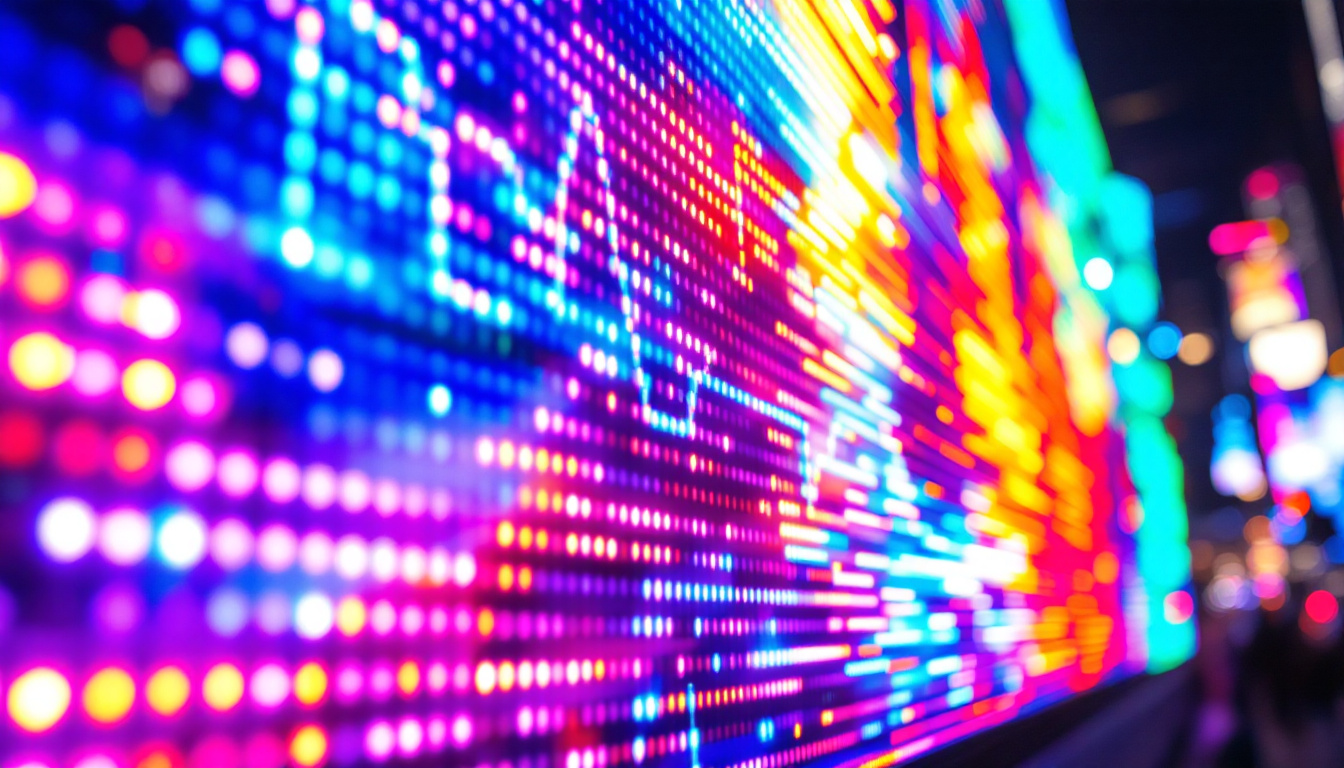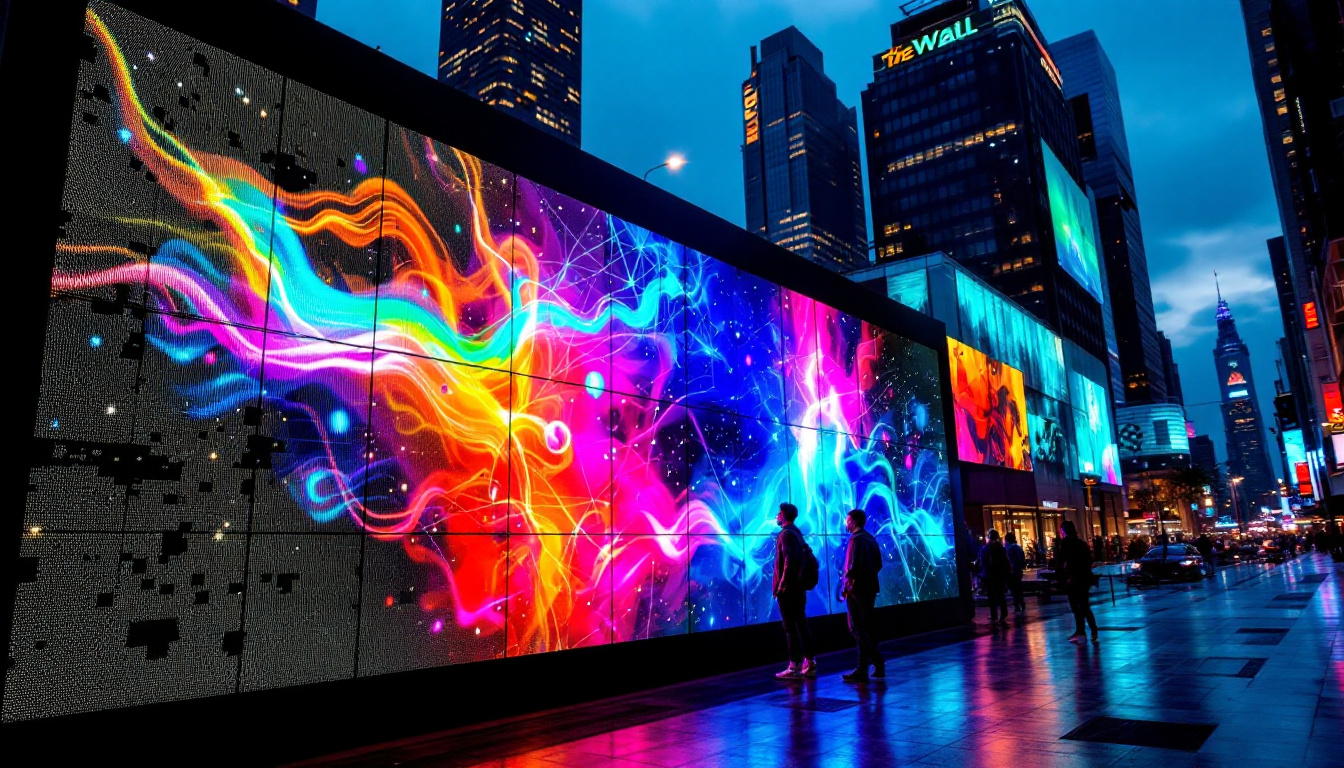In the modern age of technology, LED displays have become ubiquitous, found in everything from smartphones to large-scale advertising billboards. Understanding LED settings is crucial for optimizing their performance and ensuring they meet the desired visual standards. This article delves into the intricacies of LED displays, exploring their settings, functionalities, and applications.
What is an LED Display?
LED stands for Light Emitting Diode, a semiconductor device that emits light when an electric current passes through it. LED displays utilize these diodes to create images and videos by controlling the intensity and color of the emitted light. They are known for their brightness, energy efficiency, and longevity compared to traditional display technologies.
LED displays are composed of numerous tiny pixels, each made up of red, green, and blue diodes. By adjusting the brightness of these individual diodes, a wide spectrum of colors can be produced, allowing for vibrant and dynamic visuals. This capability makes LED displays suitable for various applications, including televisions, monitors, digital signage, and more.
In addition to their use in consumer electronics, LED displays have become a staple in the advertising and entertainment industries. Large-scale LED screens are often seen in stadiums, concert venues, and public squares, where they provide eye-catching visuals that can be viewed from great distances. These displays can be programmed to show a variety of content, from live video feeds to animated graphics, making them highly versatile for marketing campaigns and event promotions.
Moreover, the technology behind LED displays continues to evolve, with advancements such as OLED (Organic Light Emitting Diode) and MicroLED paving the way for even more impressive visual experiences. OLED displays offer deeper blacks and better contrast ratios due to their ability to turn off individual pixels completely, while MicroLED technology promises to deliver higher resolutions and improved energy efficiency. As these innovations emerge, the applications for LED displays are likely to expand even further, enhancing how we interact with visual content in our daily lives.
Types of LED Displays
LED displays can be categorized into several types, each serving different purposes and environments. Understanding these types is essential for selecting the right display for specific needs.
1. Direct View LED Displays
Direct view LED displays are comprised of individual LED modules that are directly visible to the viewer. These displays are commonly used in outdoor advertising and large venues, such as stadiums and concert halls. Their high brightness and contrast ratios make them ideal for environments with significant ambient light.
These displays can be further divided into indoor and outdoor categories. Indoor direct view LED displays typically have a higher pixel density, providing better image quality for close viewing distances, while outdoor displays are designed to withstand harsh weather conditions and are optimized for visibility from afar.
2. LED Backlit Displays
LED backlit displays utilize LEDs to illuminate an LCD panel from behind. This technology enhances the brightness and color accuracy of the display while maintaining the advantages of LCD technology, such as lower cost and thinner profiles. Backlit displays are commonly found in televisions and computer monitors.
While they do not offer the same level of contrast as direct view LED displays, they are still capable of producing vibrant images and are suitable for various applications, including home entertainment and professional use.
3. OLED Displays
Organic Light Emitting Diode (OLED) displays represent a significant advancement in display technology. Unlike traditional LED displays, each pixel in an OLED display emits its own light, allowing for deeper blacks and a wider color gamut. This self-emissive property eliminates the need for backlighting, resulting in thinner and more flexible screens.
OLED displays are often favored for high-end televisions and smartphones due to their superior image quality and viewing angles. However, they can be more expensive to produce and may have issues with screen burn-in, which can affect longevity.
Understanding LED Settings
To maximize the performance of LED displays, it is essential to understand the various settings that can be adjusted. These settings can significantly impact the visual output and user experience.
1. Brightness
Brightness is one of the most critical settings for LED displays. It determines how much light the display emits, affecting visibility in different environments. Adjusting brightness is particularly important for outdoor displays, where sunlight can wash out images if the brightness is not sufficiently high.
Most LED displays come with automatic brightness adjustment features that use ambient light sensors to optimize brightness levels based on the surrounding light conditions. However, manual adjustments may be necessary for specific applications or preferences.
2. Contrast
Contrast refers to the difference between the darkest and lightest parts of an image. High contrast enhances the clarity and depth of visuals, making them more engaging. Adjusting the contrast setting can improve the overall quality of the display, especially in environments with varying lighting conditions.
It is essential to find a balance when adjusting contrast, as excessive contrast can lead to loss of detail in bright or dark areas of an image. Regular calibration can help maintain optimal contrast levels over time.
3. Color Calibration
Color calibration ensures that the colors displayed on the screen are accurate and consistent. This process involves adjusting the red, green, and blue (RGB) levels to achieve the desired color balance. Proper color calibration is vital for applications such as graphic design, photography, and video production, where color accuracy is paramount.
Many LED displays come with built-in calibration tools, while professional settings may require external calibration devices for precise adjustments. Regular calibration is recommended to maintain color accuracy, especially in environments with changing lighting conditions.
Applications of LED Displays
LED displays have a wide range of applications across various industries, thanks to their versatility and effectiveness. From advertising to entertainment, these displays play a crucial role in modern communication and visual experiences.
1. Advertising and Marketing
One of the most prominent applications of LED displays is in advertising and marketing. digital billboards and signage utilize LED technology to capture attention with bright, dynamic content. The ability to change messages quickly and easily allows businesses to promote products and services in real-time, making LED displays an effective marketing tool.
Additionally, LED displays can be used for interactive advertising, engaging consumers through touchscreens or motion sensors. This interactivity enhances the customer experience and can lead to higher conversion rates.
2. Entertainment and Events
In the entertainment industry, LED displays are essential for concerts, festivals, and sporting events. Large-scale LED screens provide audiences with immersive visual experiences, displaying live feeds, graphics, and animations that enhance the overall atmosphere of the event.
Moreover, LED technology has revolutionized stage design, allowing for creative and dynamic backdrops that can change throughout a performance. This versatility enables artists and event organizers to deliver memorable experiences that captivate audiences.
3. Information Display
LED displays are widely used for information dissemination in various settings, including transportation hubs, corporate environments, and educational institutions. Digital signage can convey real-time information, such as train schedules, flight updates, or important announcements, ensuring that the audience stays informed.
In educational settings, LED displays can enhance learning experiences by displaying multimedia content, interactive lessons, and collaborative projects. This technology fosters engagement and can improve knowledge retention among students.
Future Trends in LED Display Technology
The future of LED display technology is promising, with ongoing advancements that continue to enhance their capabilities and applications. Several trends are emerging that could shape the landscape of LED displays in the coming years.
1. MicroLED Technology
MicroLED technology represents a significant leap forward in display innovation. This technology utilizes microscopic LEDs to create individual pixels, resulting in higher resolution and improved color accuracy. MicroLED displays can achieve stunning visuals with lower power consumption and longer lifespans compared to traditional LED displays.
As MicroLED technology matures, it is expected to find applications in various sectors, including consumer electronics, automotive displays, and virtual reality. Its potential for creating seamless, large-scale displays makes it a game-changer in the industry.
2. Flexible and Transparent Displays
Flexible and transparent LED displays are gaining traction, allowing for innovative design possibilities. These displays can be bent or shaped to fit various surfaces, opening up new avenues for creative applications in architecture, retail, and advertising.
Transparent displays, in particular, offer exciting opportunities for interactive experiences. They can be integrated into storefronts or windows, allowing customers to view products while simultaneously displaying digital content. This technology enhances engagement and can attract more foot traffic.
3. Enhanced Interactivity
As technology evolves, the demand for interactive LED displays is on the rise. Future displays are expected to incorporate advanced touch and gesture recognition capabilities, allowing users to interact with content more intuitively.
This interactivity can enhance user experiences in various applications, from gaming to education. By making displays more engaging and responsive, businesses can create memorable interactions that resonate with their audiences.
Conclusion
LED displays have transformed the way information and entertainment are conveyed, offering vibrant visuals and versatile applications. Understanding LED settings is essential for optimizing performance and ensuring that displays meet the desired standards. As technology advances, the future of LED displays looks bright, with innovations such as MicroLED, flexible designs, and enhanced interactivity set to redefine the landscape.
Whether used for advertising, entertainment, or information dissemination, LED displays will continue to play a pivotal role in our visual communication. Embracing these technologies and understanding their settings will empower users to harness the full potential of LED displays in various environments.
Explore Cutting-Edge LED Display Solutions
Ready to elevate your visual experience with the latest in LED technology? Look no further than LumenMatrix, a pioneer in crafting innovative LED display modules designed to bring your brand to life. From vibrant Indoor and Outdoor LED Wall Displays to dynamic Vehicle and Sports LED Displays, LumenMatrix offers an array of solutions including LED Poster Displays, Floor LED Displays, Custom LED Displays, All-in-One LED Displays, and LED Transparent Displays. Embrace the future of visual communication with LumenMatrix and create unforgettable impressions that resonate with your audience. Check out LumenMatrix LED Display Solutions today and transform the way you share your message.

